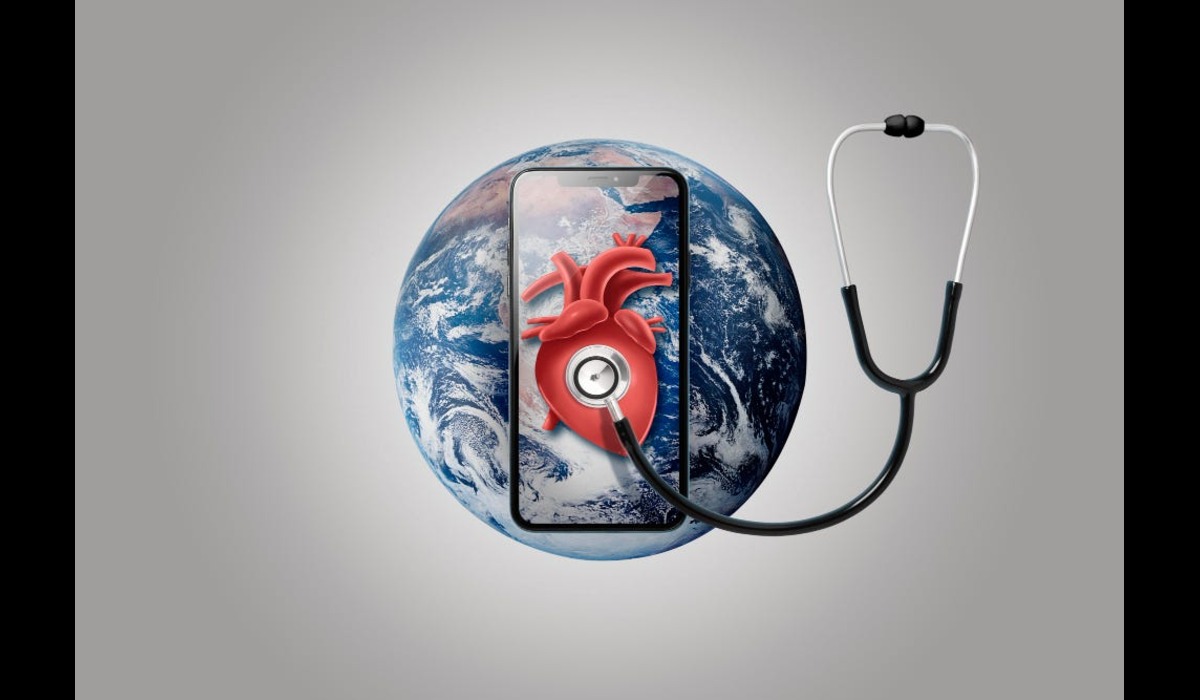History and Evolution
The roots of Pulsamento go back to ancient civilizations where rhythms and vibrations were revered and used for various purposes. From the rhythmic beats of tribal drums to the harmonious vibrations of ancient musical instruments, our ancestors recognized the power of Pulsamento to connect with the universe and each other. Over time, Pulsamento evolved, taking on new meanings and applications in different cultures and times. In ancient Greece, for example, the concept of rhythm was closely linked to the movements of celestial bodies and influenced not only music but also philosophy and mathematics.
Global Impact of Pulsamento
The impact of Pulsamento goes far beyond its origins. In today’s interconnected world, it manifests itself differently in every culture it comes into contact with. On an economic level, Pulsamento drives industries and markets. Think of the rhythm of production lines in manufacturing plants or the pulse of financial markets, where traders react to the ups and downs of economic indicators. On a social level, pulsamento fosters connections and traditions, enriching the social fabric through dance, music and rituals. From the samba rhythms of Brazil to the drum circles of Africa, pulsamento unites people and overcomes language and cultural barriers.
Technical Aspects of Pulsamento
Understanding the technical aspects of pulsamento is crucial to fully comprehend its meaning. At its core, pulsamento is about rhythm, vibration and oscillation. In physics, it is often described as a periodic variation of a physical quantity such as pressure, voltage or a sound wave. In engineering, pulsamento finds applications in fields such as acoustics, where it is used to design sound systems and optimize the acoustics of a room. In telecommunications, pulsamento regulates the transmission of signals through electrical circuits and optical fibers, enabling the continuous exchange of information over long distances.
Pulsamento and Human Health
Beyond its tangible effects, pulsamento has profound effects on human health. In music therapy, for example, rhythmic patterns are used to reduce stress, reduce anxiety, and improve mood. The rhythmic beat of a drum can synchronize brain waves, inducing a state of relaxation and focus. In medicine, pulsamento is also used in techniques such as biofeedback, in which patients learn to control physiological functions such as heart rate and blood pressure by synchronizing with rhythmic stimuli. The therapeutic potential of pulsamento extends beyond the realm of sound to include other modalities such as vibration therapy, which uses mechanical vibrations to stimulate healing and reduce pain.
Pulsamento in Music and Art
In the realm of creativity, pulsamento is a driving force. In music, it shapes the rhythms, melodies, and harmonies that define different genres and styles. From the syncopated rhythms of jazz to the hypnotic rhythms of electronic dance music, pulsamento is the heartbeat of musical expression. In the visual arts, Pulsamento inspires artists to explore the dynamic interplay of form, color and movement. From the pulsating geometric patterns of Op Art to the swirling brushstrokes of Impressionism, artists have long sought to capture the rhythmic energy of the world around them.
Enhance Musicality and Expression
The pulsament not only provides structure, but also allows for the exploration of musical expression. Musicians can manipulate rhythm, tempo and tempo to convey different moods, emotions and artistic intent.
By understanding and mastering pulsament, musicians can create dynamic and engaging performances that captivate their audiences. From the intricate rhythms of jazz to the energetic rhythms of rock music, pulsament is the foundation that allows for the exploration of different musical styles and genres.
The Pulse in Different Genres
The importance of the pulsament transcends musical boundaries as it is a fundamental element present in various genres and traditions. In classical music, the steady beat helps maintain the structure and rhythm of the composition, while in electronic music, pulsation is often the driving force behind energetic and hypnotic soundscapes.
In traditional folk and world music, pulsament also plays a crucial role in preserving cultural identity and expression. The unique rhythmic patterns and beats of these genres are a testament to the universality of this musical element.
Mastering the Pulse: Challenges and Techniques
Achieving a well-executed pulsament is not without its challenges. Musicians must develop a keen sense of rhythm and tempo to maintain a consistent and convincing pulse throughout the performance.
The use of technology such as drum machines and digital sequencers has also revolutionized the way musicians approach and manipulate rhythmic elements in their compositions.
The Transformative Power of the Pulse
Ultimately, pulsation is not just a technical element of music; it is a powerful tool that can transform the listening experience. By creating a rhythmic foundation, pulsamento allows musicians to construct complex and engaging musical narratives that engage audiences on a deep, emotional level.
Whether it is the pulse of a heartbeat, the rhythm of a dance, or the heartbeat of a community, pulsation is a universal language that transcends cultural boundaries and connects us all through the universal language of music.
Pulsament and Technology
The fusion of Pulsamento with technology has led to remarkable advances in several fields. In audio technology, Pulsament’o is used to develop speakers, headphones and microphones that reproduce sound with fidelity, clarity and accuracy. In medical technology, Pulsament’o is used in devices such as ultrasound machines that use high frequency vibrations to create detailed images of internal organs. In communications technology, Pulsament’o regulates the transmission and reception of wireless signals, enabling seamless connectivity in the digital age.
Challenges and Controversies
However, with power comes responsibility. Ethical concerns about the use and potential misuse of Pulsamento have sparked debates in areas such as privacy, surveillance and the use of weapons. In the field of music, questions arise about cultural appropriation and exploitation when traditional rhythms are commercialised and commodified without due recognition or respect for their origins. In the health sector, there is increasing
Investigation and development
Despite these challenges, researchers continue to delve into the depths of Pulsament’o, exploring its potential applications and pushing the boundaries of what is possible. In fields such as artificial intelligence and robotics, Pulsament’o-inspired algorithms and biomimetic designs are being developed to create more adaptive and responsive systems. In the renewable energy field, Pulsament’o is being studied as a source of inspiration for innovative solutions that harness the power of natural rhythms, such as wave energy converters that capture the kinetic energy of ocean waves.
The future of Pulsament
Looking ahead, the future of Pulsament’o looks promising, if enigmatic. Its impact on society and technology will deepen, opening the doors to new possibilities and experiences. In the field of virtual reality and augmented reality, Pulsament’o could revolutionize the way we interact with digital environments, creating immersive experiences that engage all the senses. In the medical field, Pulsament’o-based therapies could become more personalized and effective, adapting to patients’ individual rhythms and needs.
Conclusion
Pulsamento is a dynamic force that crosses boundaries and shapes our world in profound ways. From its cultural significance to its technological applications, the mysteries of Pulsament’o continue to inspire and fascinate. As we navigate the complexities of the modern world, let us not forget the rhythmic pulse that connects us all and reminds us of our shared humanity and the inherent beauty of the universe.










